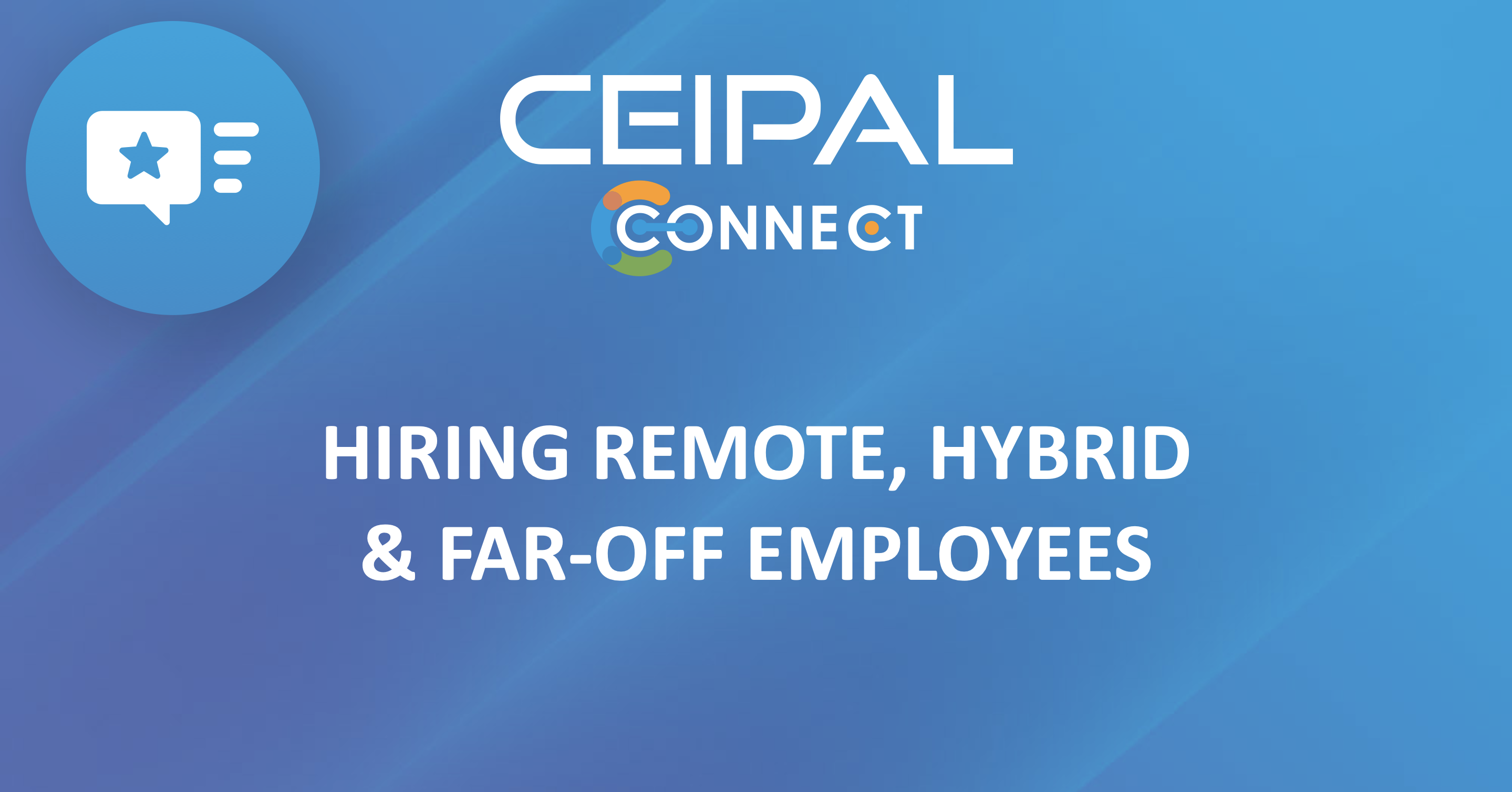The past year saw unprecedented growth in remote work due to COVID. However, don’t expect it to go back to the office anytime soon. Many employees prefer remote work, and employers are experiencing several benefits as well. Chris Dyer, founder and CEO of People G2, discusses how to make the most of the newly remote workforce for better productivity and efficiency.
Watch the Replay
Presenter: Chris Dyer (Founder and CEO, People G2 | Author of The Power of Company Culture)
For the past two decades, the remote workforce has maintained a sizeable growth each year. However, COVID brought remote work to whole new levels as employers needed to sustain social distancing while still working.
While COVID forced many people and companies to work remotely, it’s not likely to go completely back to normal even when it is safe to work in the office. Both workers and employers found that remote work is more efficient, cost-efficient, and convenient. Companies will likely continue to have a hybrid and remote workforce because it works for so many reasons.
This creates a new challenge for companies: how can they support and lead this new world of work? Read on to find the best ways to manage a remote workforce.
A Return to the Office?
How the world returns to work might look different than many expect. In a recent People G2 survey, they found that over 40% of the employees stated that they would like to continue to work remotely, while another third wanted to be hybrid. Remote work, then, is a great way for companies to attract and retain their top talent.
There is more than one type of remote work:
- Digital Nomad. This is the person working on a laptop by the pool in Bora Bora. It’s not likely to be the type of remote employee who works for another company, but it is a remote work type.
- Work from Home. Much like it sounds, this is what most employers imagine when they talk about a remote worker. They work full-time in the same capacity as a regular employee but from home.
- Side Hustle. This is the employee that works remotely on the side from home. They are part-time workers, usually at night and on the weekends.
- Off-Site/In the Field. Repair people or sales reps are the classic off-site worker. They travel to other offices or companies to work from there.
These workers typically work from home 1-3 days a week and are in the office the other days. Although they are sometimes in the office, they are still remote in practice.
The rise in all these remote workers means that employers need to consider remote work as a long-haul strategy, not a temporary COVID stop-gap.
How to Lead Remote Teams Effectively
The goal of remote leadership is to make sure your workers are as happy and productive as possible. Some ways to do that include:
- Judge them on impact. Remote work allows you to measure what matters. If you see someone at the desk or seeming to work in the office, it can be easy to think they’re productive. Remote work allows you to look at how much work they are truly doing and see their overall impact on the company.
- Celebrate wins and say thank you. Celebrating successes takes more intention in remote work. Find ways to thank workers publicly and offer kudos in front of the whole team to provide encouragement, such as over Slack, email, or virtual meetings.
- Limit one-on-one meetings. Meetings are easy to create virtually, but one-on-one meetings don’t harness group creativity. Instead, have a short group meeting so ideas can flow. It is faster, there is more communication, and it is more productive than one-on-one.
- Create meetings specifically. Start on time, end early, and always have an agenda.
- Ask what is working? When you start a conversation with employees or clients by asking them what is working, you can create a more positive conversation rather than focusing on problems.
- Create signposts. Create predictable rituals for your remote workers, so they know what is expected of them. They should know when everyone checks in, how to collaborate, when to brainstorm with others, and how everyone blows off steam. These rituals, or “signposts,” are clear in the office but need to be intentionally set when working remotely.
The remote workforce is vital for companies to remain competitive and are not likely to change no matter how safe it is to return to work. By intentionally creating the right practices, companies can ensure that their remote workers remain happy and productive to ensure that they continue to run as effectively as possible.











